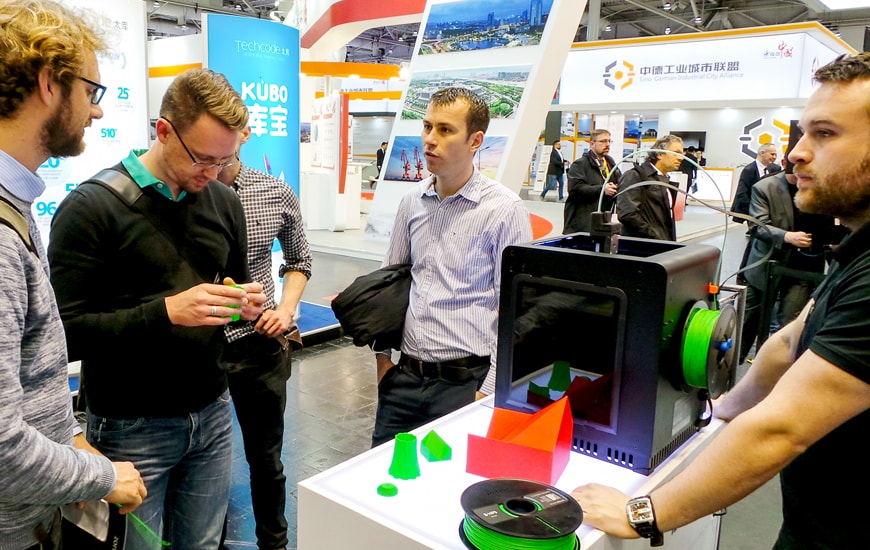Comparison of 3D print vs 3 other techniques (injection molding, CNC Machining, plastic forming)
3D printing technology is rapidly becoming more and more popular. But is it better than traditional manufacturing techniques? We decided to check: we compared 3D printing with such solutions as CNC milling, injection molding and plastic forming.
3D printing
First, a few words about 3D printing. There are many variations of this solution, but the most common technique is LPD, which is used by the Zortrax M200 and M300 3D printers. LPD stands for ‘Layer Plastic Deposition’ This technique is based on inserting the material into the 3D printer as a cord which is squeezed through a heated nozzle in which the material is then melted to the required consistence. Subsequent layers are introduced according to previously input instructions, until the final model is created.
Check how Bosch implements Zortrax’s efficient 3D printing solutions
The advantages of LPD printing is the relatively short time needed to create a single element as well as the possibility to configure and adjust the design to your needs. If you suddenly decide you want to 3D print something, you just open the model or download it from the internet and commence printing. LPD, unfortunately, has drawbacks as well. It can only use a few types of material.
Injection molding & CNC milling
Other solutions which are worth mentioning are CNC milling, injection molding and plastic forming. Milling is a machining technique based on cutting the desired shape out of a larger block of material. Injection molding is injecting a plasticized material into prepared forms. Plastic forming is plasticizing the material through very high pressure, higher than its yield limit. This makes it possible to change the object’s shape, dimensions and mechanical properties permanently.

3D printing, due to its low price and ease of use, remains the best solution for the majority.
These solutions have a lot in common. They all make it possible to use a very wide range of materials for processing. As a result models of high durability can be created. Moreover, these models will have a perfectly smooth surface. These methods are also rather expensive and complicated to use.
The advantages of CNC milling are the wider range of options it offers for adjusting the model to your needs and the relatively short time needed to make the model. This, however, means that CNC milling is unlikely to be used in mass production. In such applications, injection molding and plastic forming are much better.
Which solution is the best?
Looking at all these properties, you will see that 3D Printing is inexpensive and user-friendly, but It can only use a few types of material. That is why some people need to consider purchasing a CNC mill. It needs to be noted, however, that using a CNC mill is much more difficult than using a 3D printer and will require specialized skills to operate.
As far as injection molding and plastic forming are concerned, these are completely different technologies. They offer the precision and durability equaling that of CNC milling, but don’t allow for easy adjustments of the model to one’s needs. Moreover, they’re optimized mainly for mass production. Due to this they shouldn’t be considered by small companies.
3D printing, due to its low price and ease of use, remains the best solution for the majority.